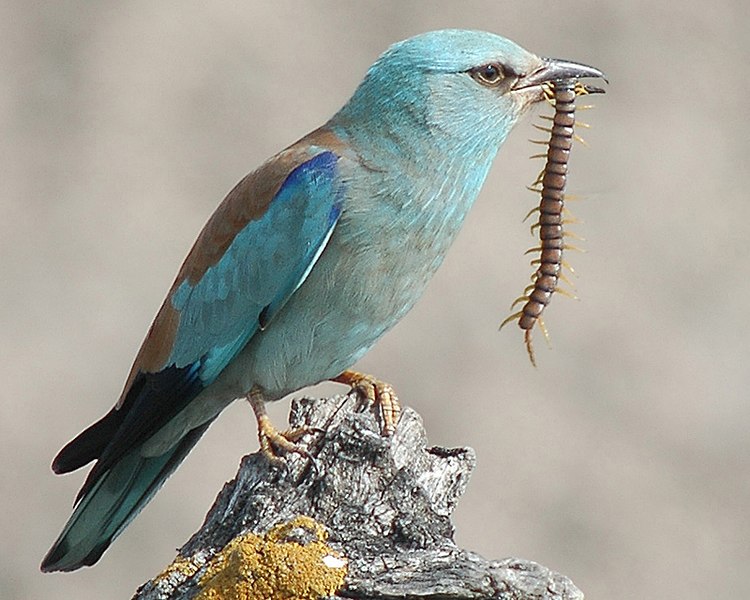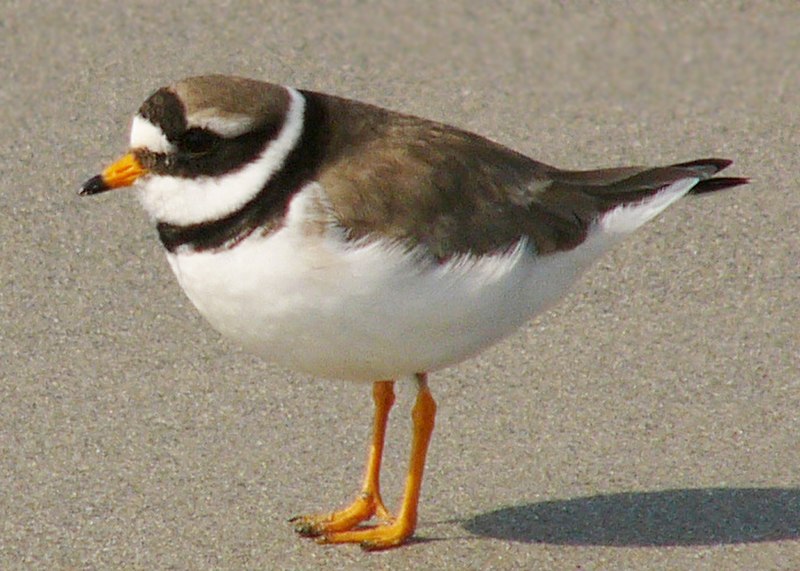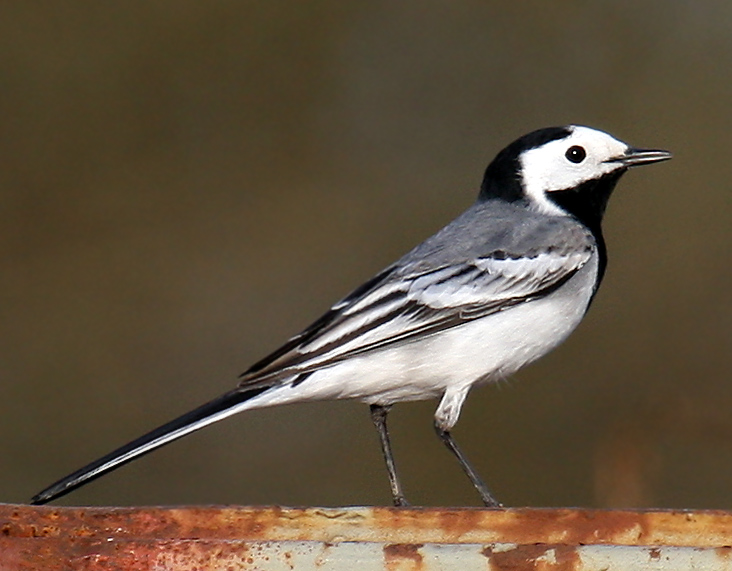Dr. Steve Carr has been been a birder since 1949. He has studied birds on all seven continents, and was on the board of directors of the Salt Lake Birders and the Utah Ornithological Society (UOS). He is also a past president of the UOS and is currently the Secretary of the Utah Bird Records Committee.
Part Three - Birding the Middle East
 |
| Dr. Carr's journey in the Middle East |
In numerous places along the trail, particularly in the Aqaba area, north of San'a, Yemen, and in the plateau country at the head of Wadi Sayq, we were treated to the sight of large hawks and eagles soaring in the air, searching the ground for prey. The number of such resident raptors is usually an indication of the types and quantity of animals (or carrion) available. We never did actually see any of these birds swoop and dive down to catch a prey, but there probably were numerous rodents and reptiles in the territory.
We continued roughly due eastward from Nahom and Marib. As we came out of the desert, looking ahead we could see fog and mist; and the trees began to be larger and more abundant; and bird activity increased. As our traveling group descended Wadi Sayq, vegetation increased to jungle proportions near the mouth, with numerous date and other palm trees, wild fig trees, and several other hardwood trees, right to within a few hundred feet of the beach. We observed many birds in the wadi, as well as in the freshwater lagoon and marsh at the inlet called Khor Kharfot. This water is produced by a permanently running spring supporting a variety of grasses, reeds, and other plants. This small inlet is the only place on the Arabian Peninsula where such vegetation and perennially running water is found.
 |
| European Roller - This family of birds has the peculiar habit of flying along, then seemingly losing balance in mid-air and tumbling down before regaining control. |
 |
| Common Ringed Plover - one of numerous shorebirds seen along the Omani coast of the Indian Ocean |
While in the general area of southern Oman, we also visited the area of Salalah, the largest Omani city in the south. A fresh water pond and a large sea inlet with many marshy areas were found, and the avian activity was superb. The coastal area around Salalah is more extensive than at Khor Kharfot, with much human activity, which is completely lacking at Khor Kharfot. Despite the large number of people in the vicinity of the shores, the beach-combing sandpipers and plovers were quite numerous, allowing people to come fairly close to them before they moved away. The coasts of Arabia experience huge numbers of birds migrating from Europe and Asia to Africa during the spring and autumn months. We happened to be in the area in September and October.
.jpg) |
| Common Sandpiper - one of numerous shorebird and waders in Salalah. This bird is very similar to the Spotted Sandpiper in North America. |
 |
| Common Redshank. Both redshanks and the greenshank were present in the wetlands of Salalah. |
 |
| White Wagtail - This species was common along the coast of Oman, while the Yellow Wagtail (below) was common in the areas east of Sana'a, Yemen. |
In just the two-and-a-half weeks we followed the trail, plus another week in and around Salalah and Khor Kharfot, I was able to see and identify a large number of birds. Of course, there were many more that we did not see due to scarcity of certain species, migration patterns, food availability, and habitat differences. Some of the more introspective folks took the chance to sit back and just enjoy the various birds flitting from tree to tree, or watching the minuscule kingfishers fly down from an overhanging reed, pluck a tiny fish from the pond, then fly back up to the reed and juggle the fish around so that it could be swallowed head first.
 |
A pair of brilliantly colored turquoise-blue and orange Malachite Kingfishers, very small for
kingfishers at barely 4.5 inches in length, repeatedly dived off a reed to
capture small minnow-like fish in the pool at Wadi Sayq, Oman. This bird is so tiny that it appears to be a
fat hummingbird with a large, bright red bill.
This species is not known to breed outside of Africa, and, in fact,
there were only two previous records of a single bird each on the Arabian Peninsula,
both in Yemen. I reported this sighting
to Dr. Clements previously mentioned, as well as the Oman Bird Records
Committee, as it represents the farthest north and east record of this species
and the first record for Oman. Since
this first sighting in 2000, two subsequent sightings have been made in the
Sultanate of Oman.
|
All images in this post come from Wikipedia.



.jpg)





This has been a very interesting series. I had no idea there were so many diverse and color birds to be seen in this somewhat harsh environment.
ReplyDeleteGreat shots. That Roller reminds me of the Tumbler Pigeons. Great defensive tactic while being chased by a predator.
ReplyDeleteWhat spectacular birds. I especially love the malachite kingfisher. Great series!
ReplyDeleteGorgeous photos! Love the kingfisher.
ReplyDeleteVery interesting write. You don't hear much about this area of the world in the birding talk around here. So it's refreshing to know that it's alive and well in that region. Great photos. Thank you for the info and trip.
ReplyDeleteTerrific post! I always enjoy viewing photographs of birds found in other countries. Love the European Roller and colorful Malachite Kingfisher. Fantastic!
ReplyDelete